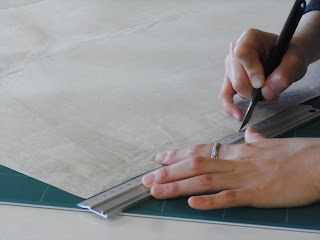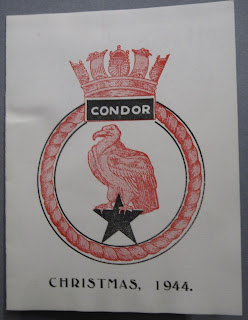“The LHSA inbox never sleeps!” With so many ways in which to get in contact, LHSA receives enquiries from all corners of the globe at all times of day and night. By far the majority are received by email, or through our website, but we still receive letters and phone calls, and even one fax this year! We’re also seeing increasing numbers arriving via our social media forums (see the Fourth Day of Christmas), and our enquiries figures are up by 27% on 2011.
One in seven of our enquirers make the trip to the Centre for Research Collections reading room to look at the original records. We receive requests for information from the NHS, the media, academics and students, other archives and libraries, and private individuals looking into local and family history and the history of medicine (from very specific biographical and institutional facts, to clinical research covering vast numbers of records over a long time span). We also provide reproductions from our 40,000-strong image collection and advice to other conservators and archivists, and contribute to archival awareness campaigns. The Royal Edinburgh Hospital has been the most heavily used collection for the past few years – will it be again in 2013? Watch this space!
Our enquiries service is available to all, and we’ll be back to answer more queries in the New Year, but in the meantime our inbox is waiting! We wish all enquirers (and everyone else!) a joyful festive season, and a happy 2013.
Looking festive: the LHSA in-tray with just a few of the enquiries from 2012















.jpg)





